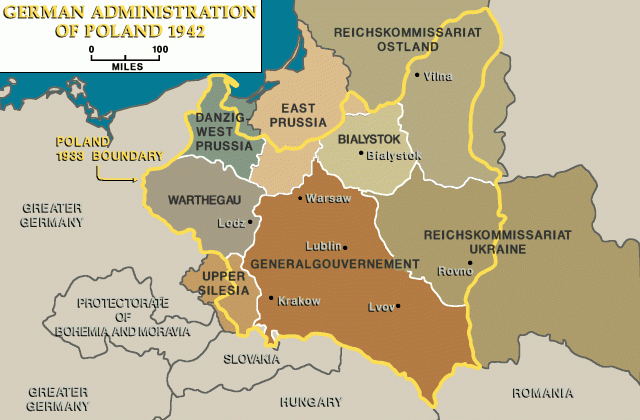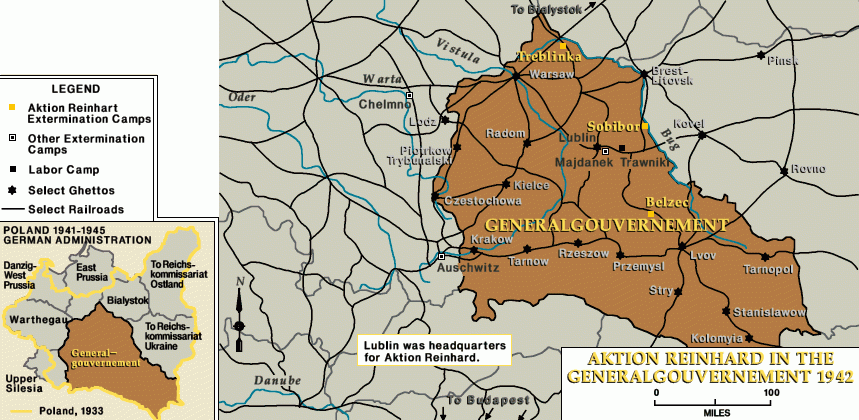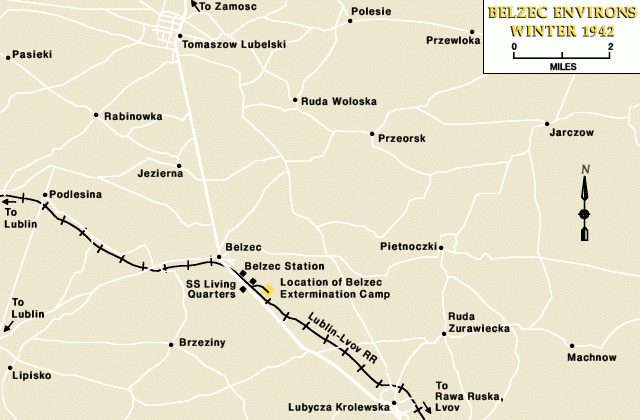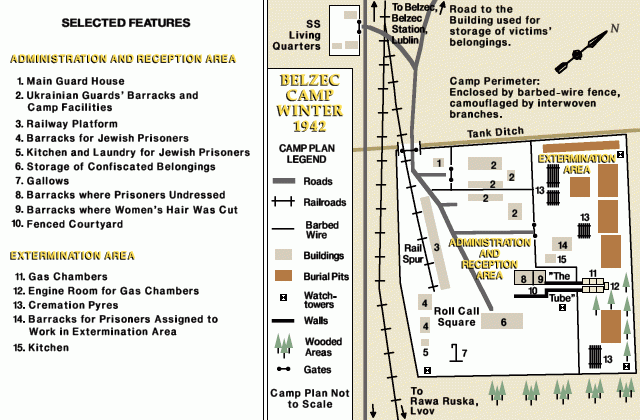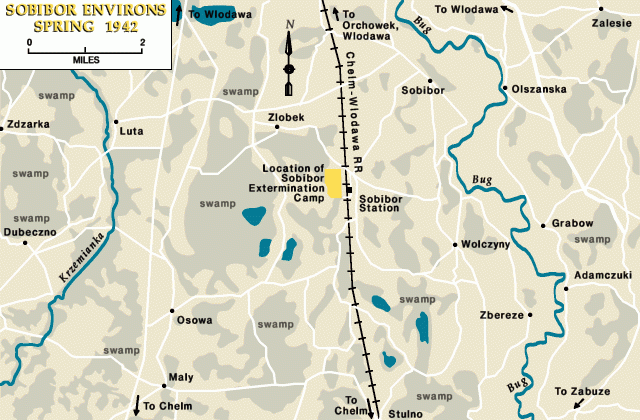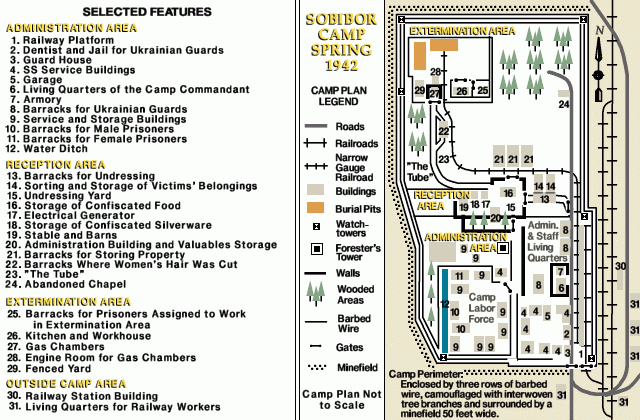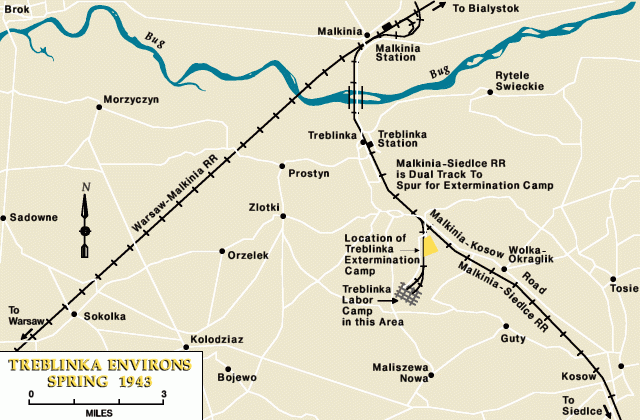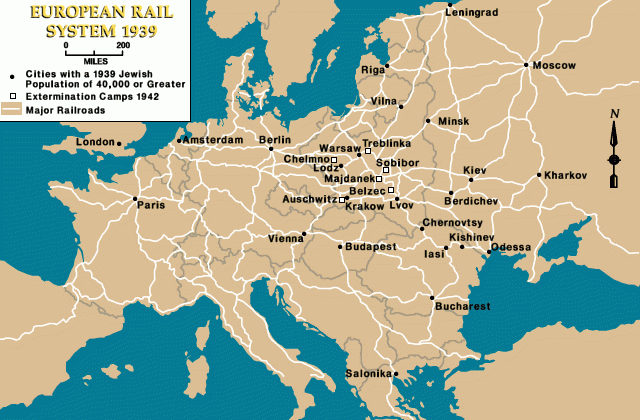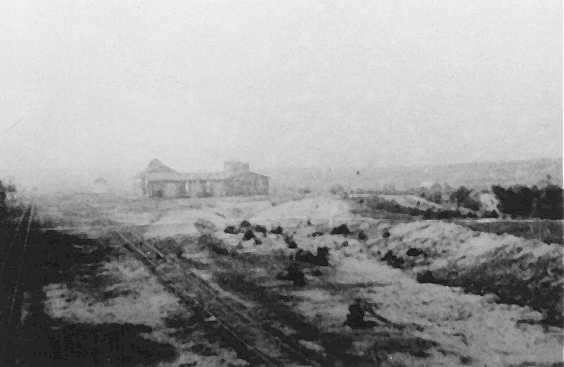
Operation Reinhard (Einsatz Reinhard)
In the fall of 1941, Nazi Germany implemented a plan to systematically murder Jews in the General Government. This plan was codenamed “Operation Reinhard.” Three killing centers were established as part of this action: Belzec, Sobibor, and Treblinka. Operation Reinhard marked the deadliest phase of Nazi Germany’s intention to commit genocide against the Jewish people.
Key Facts
-
1
Operation Reinhard was the code name for the German plan to murder the approximately two million Jews living in German-occupied Poland.
-
2
Under Operation Reinhard, three killing centers, Belzec, Sobibor, and Treblinka, operated between 1942 and 1943. Nazi officials employed carbon monoxide gas generated by motor engines to kill their victims.
-
3
In all, Operation Reinhard personnel murdered approximately 1.7 million Jews in the Operation Reinhard killing centers and related mass shootings. The victims of the Operation Reinhard camps also included an unknown number of Poles, Roma (Gypsies), and Soviet prisoners of war.
Background
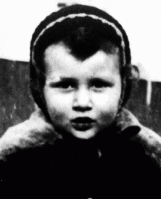
Operation Reinhard (Aktion Reinhard or Einsatz Reinhard) was the code name for the German plan to murder the Jews residing in the so-called General Government. Approximately two million Jews lived there. To achieve the goals of Operation Reinhard, the Germans constructed three killing centers: Bełżec, Sobibór, and Treblinka. In addition to murdering approximately 1.5 million Jews in these killing centers, SS and police officials also conducted a number of related killing operations. These included Operation Harvest Festival on November 3–4, 1943. In all, Operation Reinhard personnel murdered approximately 1.7 million Jews in the Operation Reinhard killing centers and related mass shootings.
Operation Reinhard was initiated in the autumn of 1941. The operation was later named after SS General Reinhard Heydrich. Heydrich died in June 1942 from injuries sustained during an assassination attempt by Czech partisans. From September 1939 until his death, he served as chief of the Reich Security Main Office (Reichssicherheitshauptamt, RSHA). The RSHA was the Nazi agency responsible for coordinating the deportation of European Jews to killing centers in German-occupied Poland.
Heydrich was a key architect of the “Final Solution.” In January 1939, December 1940, and July 1941, Adolf Hitler and Hermann Goering personally tasked him with drafting plans for a solution of the "Jewish question."
Administration of Operation Reinhard
SS General Odilo Globocnik directed Operation Reinhard between the autumn of 1941 and the late summer of 1943. Globocnik was SS and Police leader in the Lublin District of the General Government. He established two departments on his staff for Operation Reinhard.
The first was a deportation coordination team under SS Major Hermann Höfle. Höfle was responsible for arranging personnel and transport for the planned deportations. He also coordinated deportation operations, which was usually under the command of the regional SS and police commander, with the support of regional SS and police and civilian occupation authorities.
The second department was the Inspectorate of SS Special Detachments. It was led by Criminal Police captain Christian Wirth. Wirth was responsible for the construction and management of the Operation Reinhard killing centers. There were three: Belzec, Sobibor, and Treblinka. These killing centers were managed by small detachments of German personnel. Detachments of police auxiliaries guarded the sites. Auxiliaries were trained at the Trawniki training camp.
Connection with Operation T4 (Euthanasia Program)
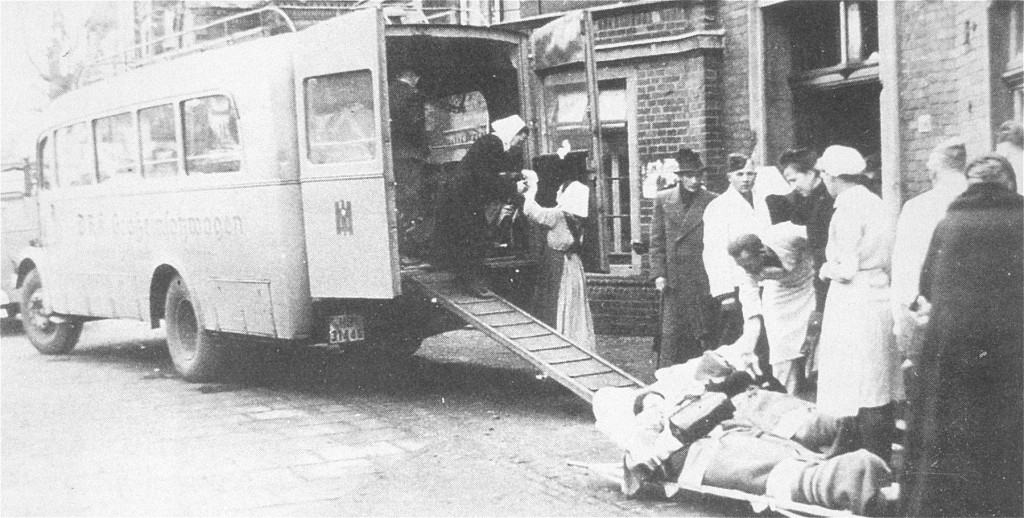
The overwhelming majority of German camp personnel deployed at the Operation Reinhard camps came from Operation T4 (the Euthanasia Program). Operation T4 was the Nazis’ first secret program of mass murder in which institutionalized persons with disabilities were killed. This program used pure, bottled carbon monoxide gas as a killing method. Thus, the T4 staff brought to Operation Reinhard experience with the killing process. They had direct knowledge of gassing and cremation technology. Without exception, every commandant of an Operation Reinhard killing center came to German-occupied Poland via the T4 action. Christian Wirth also came from the program. Wirth became the Inspector General for Operation Reinhard. This was a role similar to the one he had served in Operation T4.
In March 1942, T4 functionaries arrived in the General Government. “Euthanasia” personnel dispatched to Lublin for the Reinhard action assumed SS membership and wore the field grey uniforms of the Waffen-SS. They stood under Globocnik’s direct orders. Formally, however, they remained employees of the T4 organization. The T4 headquarters was located in Berlin at the address Tiergartenstrasse 4. “Euthanasia” officials there managed all personnel issues for the new Reinhard recruits, including salary, leave, and benefits.
The Goals of Operation Reinhard
SS General Globocnik submitted his final Operation Reinhard report to Reichsführer SS Heinrich Himmler in January 1944. He listed the goals of Operation Reinhard as follows:
- to “resettle” the Jews of the General Government (by “resettle” Globocnik actually meant to murder them)
- to exploit the skilled or manual labor of some Polish Jews before killing them
- to secure the personal property of the Jews (clothing, currency, jewelry, and other possessions)
- to identify and secure alleged hidden and immovable assets such as factories, apartments, and land.
The Operation Reinhard Killing Centers: Belzec, Sobibor, and Treblinka
Three killing centers were opened in order to achieve the goals of Operation Reinhard. These were Belzec, Sobibor, and Treblinka. Construction began in autumn 1941.
Captain Wirth applied his experience with Operation T4 to the construction of the killing centers. Wirth had played a significant role in Operation T4 in Germany between 1939 and 1941. In the T4 program, carbon monoxide gas was used to murder institutionalized persons with disabilities. At all three Operation Reinhard sites, personnel also murdered their victims with carbon monoxide gas. This gas was first generated by the exhaust from large motor engines and then was channeled into stationary gas chambers.
Killing operations at Belzec began in March 1942. Prior to that, personnel conducted a few test gassings using Polish prisoners and Soviet prisoners of war (POWs). The killings continued in Belzec until December 1942. Sobibor began operating in May 1942 and was functional until October 1943. The killing center at Treblinka, called Treblinka II, opened in July 1942. Treblinka II closed in August 1943.
German staff and their auxiliaries, most of them trained at the Trawniki training camp, murdered approximately 1.5 million Jews and an undetermined number of Poles, Roma (Gypsies), and Soviet POWs in the Operation Reinhard killing centers. The numbers of Jewish victims at each killing center were:
- Belzec: at least 434,508
- Sobibor: at least 167,000
- Treblinka: approximately 925,000
Victims’ property was stored in depots in the city Lublin, at the Lublin-Majdanek concentration camp, and at the Trawniki and Poniatowa forced labor camps.
Deportations to Operation Reinhard Killing Centers
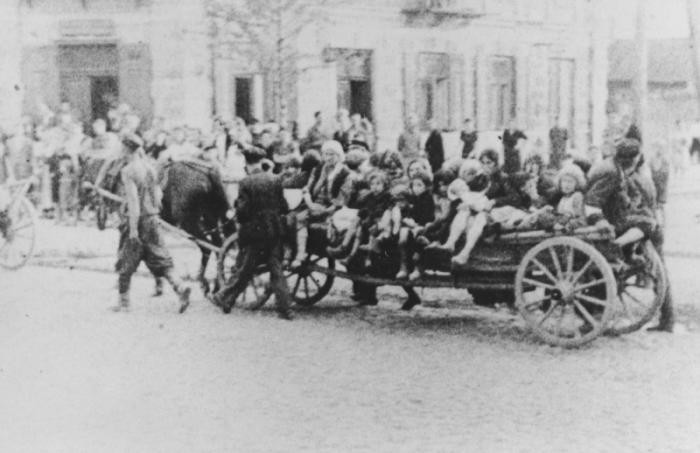
The overwhelming majority of victims in the Operation Reinhard killing centers were Jews deported from ghettos in German-occupied Poland. Once the killing centers were operational, German SS and police forces liquidated the ghettos. Jews were deported by rail to those killing centers.
The victims of Belzec were mainly Jews from the ghettos of southern Poland. Among them were German, Austrian, and Czech Jews held in the Piaski and Izbica transit ghettos in the Lublin District.
Jews deported to Sobibor came mainly from the Lublin area and other ghettos of the eastern General Government. This killing center also received transports from France and the Netherlands.
Deportations to Treblinka originated mainly from central Poland, primarily from the Warsaw ghetto. They were also from the Radom and Krakow Districts in the General Government and from District Bialystok. In addition, there were deportations from Bulgarian-occupied Thrace and Macedonia.
Other Operation Reinhard Camps
Also part of Operation Reinhard were several forced labor camps for Jews in the Lublin District. The camps included Poniatowa, Trawniki, Budzyn, and Krasnik. Also among the forced labor camps was Lublin-Majdanek before it was formally converted into a concentration camp in February 1943. For a time, Majdanek also served as a killing site for Jews whom the SS could no longer kill at Belzec in the late autumn of 1942.
Conclusion of Operation Reinhard

In June 1943, the Belzec killing center was liquidated. The Jewish forced laborers there were either shot or deported to Sobibor to be gassed. The Treblinka and Sobibor killing centers were liquidated in the autumn of 1943 following prisoner uprisings. Camp officials ordered the camps to be dismantled and murdered the remaining prisoners. At Belzec and Treblinka, the Nazi authorities built a manor house and planted trees and crops to disguise the area as a farm. A former auxiliary police guard was housed at these sites to further camouflage them and to discourage looting.
Heinrich Himmler feared further insurrections in the General Government. He ordered the murder of the remaining Jewish prisoners engaged in forced labor in the Lublin District. The resulting action was codenamed Operation Harvest Festival (Erntefest). It took place on November 3-4, 1943, in the labor camps of Lublin-Majdanek, Trawniki, and Poniatowa. More than 2,000 shooters from the Waffen-SS and regional police units deployed. This two-day operation claimed the lives of some 42,000 Jews and brought Operation Reinhard to a close. Globocnik submitted a final report to Himmler in January 1944. Most of the German staff were now transferred to Trieste to carry out anti-partisan warfare. They were also meant to carry out the “Final Solution” in German-occupied Italian territory. This effort would be under the command of Christian Wirth.
In total, the SS and police killed approximately 1.7 million Jews as part of Operation Reinhard. Of those, approximately 1.5 million were murdered in the Operation Reinhard killing centers. The other Jewish victims were killed in related mass shootings. The victims of the Operation Reinhard camps also included an unknown number of Poles, Roma (Gypsies), and Soviet POWs.


